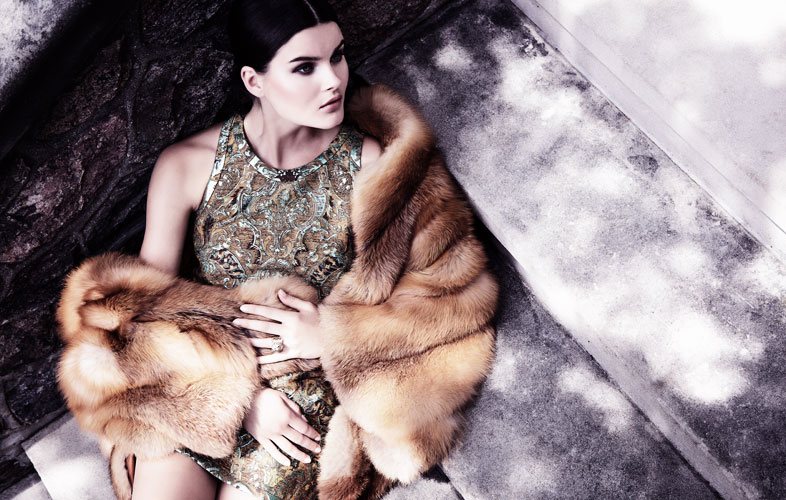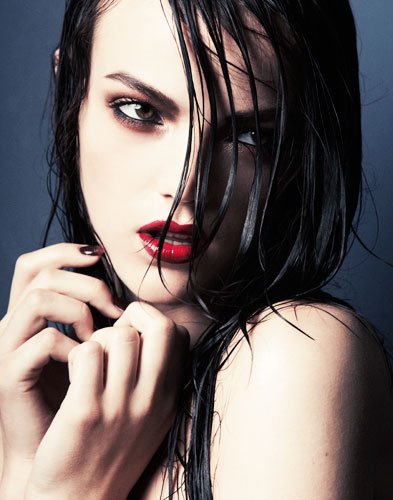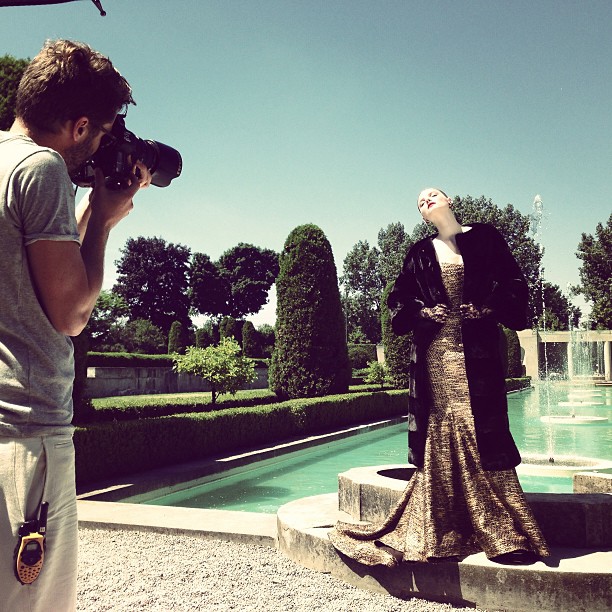A Moment with Mackenzie Duncan
This month we are debuting a new column on our blog dedicated to established photographers making their mark on the industry. We’ll be interviewing image makers from various disciplines, from commercial directors to street style and fine art photographers, and everyone in between. We’re starting the series off with Mackenzie Duncan.
Mackenzie is a photographer, director, and avid surfer based in New York. His photography has been featured in leading fashion and lifestyle magazines, including GQ, Marie Claire and Nylon, and he’s shot commercial images and shorts for brands such as Reebok and Starbucks.
Originally from Vancouver Island, Mackenzie’s discovered his interest in image making at an early age, as he watched his father photograph the lush nature surrounding his childhood home. Though he took photography classes throughout high school, he ultimately chose to study graphic design after graduation. After a brief hiatus, Mackenzie returned to photography, this time deciding to pursue it as a career.

OM: How did you get into professional photography?
MD: I was shooting small projects and personal stuff while doing design work but woke up one day and realized I was really sick of sitting behind my computer all day working on designs and not really getting to collaborate with anyone. So I took off on a 5-month surf trip to clear my head and when I got back I started assisting some photographers in Montreal and Toronto and then slowly made the climb up to shooting for myself, which was not an easy climb at all.
OM: What are some common mistakes amateur photographers make?
MD: A common phrase that I use with a handful of my assistants is that a lot of the upcoming kids, “Don’t know what they don’t know.” By that we basically mean just because you can take a nice picture here or there, or you have studied for a year or so doesn’t mean you can execute under pressure and run a set with dozens of people on it. My concept of what it was like to be a professional photographer and my reality of it were two totally different things.

OM: Do you see improvements in your work from project to project?
MD: It is a bit of a roller coaster sometimes, but mostly I feel improvements from project to project. Sometimes you end up on very commercial jobs that you don’t get a lot of creative freedom on and that can be challenging on your creative soul.
OM: How do you challenge or push yourself to be creative when working with clients?
MD: I’m still working on how to challenge myself with certain clients, it is a bit of a balancing act in terms of communication and how far you can impose your views on the client. It changes job to job and client to client.
OM: How does the process of creating commercials differ from the process of creating a static image? Do you prefer one over the other?
MD: I enjoy them both, I love how they tell stories in a different way. I find the motion work is a lot more challenging mostly based on how much support you need if you aren’t going to be doing all the lighting and editing and what not by yourself. As for stills, they are great fun as well but it is very different with movement and how to direct the talent I find. You can get out with someone or a super small team and shoot some really nice photos and have them done by the end of the day. So the time commitment is a lot smaller.

OM: What’s the most meaningful lesson you’ve learned so far as a photographer? Do you have any advice for up and coming photographers?
MD: Treat everyone you work and spend time with with respect. It comes back around and makes life a lot more fun than if you are out and about saying bad things behind peoples backs. Those things catch up to those types of people and it’s no fun for anyone. Also, don’t rush. Just let it happen. I was so stressed about “getting there” when I was first starting out, but as time went on I just started to roll with it a bit more and it made my whole life and experience a lot more enjoyable.
OM: What are your thoughts on the recent surge in amateur photographers (especially with the popularization of Instagram, selfies and VSCO Cam) and what kind of impact that has on the integrity of photography and our perception of images?
MD: It took me a while to come around to Instagram but once I got into it, it really helped to re-inspire me to look for images and create on my own. It is too bad that the art of film is being lost.

See more of Mackenzie’s work on his website and follow him on Instagram at @themackenzielife.
All photos courtesy of Mackenzie Duncan.
